Episode 1 is what we might call it – THE PAST
One of my subjects that I am currently undertaking allows for me to produce a digital artefact in any form that would suit best. Since I have decided that my DA will be in the form of a blog, I will be updating either once a week or fortnight to portray my research and findings on the evolution of robots and technological innovations over the past 50 years.
After looking into the past, I will then turn my research to the future and conduct research on the use of robots and the effect they may have on society and culture.
Hence this subject is concerned with the tension between the representation and the reality of future cultures and they way they have been imagined in the past and present, I decided to focus my DA on the effects that robotics may have on the present and future. Through primary and secondary research, I am hoping to discover the answer to this questions and convey my findings on my blog.
Looking back to fifty years ago, robotics have been a major component in manufacturing. “While robots are a fixture in the automative industry, advancements in safety systems, end-effectors and sensors are rapidly bringing robotics into new applications”, (Brumson, 2011), and during the last 50 years, robotics research has been aimed at finding solutions to the technical necessities of applied robots.
It was not until 1954 that the first ever robot was invented. George Devol invented the first digitally operated and a programmable robot called the UNIMATE, then two years later, Devol and his partner formed the world’s first robot company, with the first robots Unimate, going online in a General Motors automobile factory in New Jersey in 1961.
It was around the 1960s when industrial robots were first introduced in the production process and until the 1990s, industrial robots dominated robotics research.
TIMELINE OF THE EVOLUTION OF ROBOTS OVER THE PAST 50 YEARS
1969
The U.S successfully use the latest in computing, robotic and space technology to land Neil Armstrong on the moon. Victor Scheinman also created the Stanford Arm, which was the first successful electrically-powered, computer-controlled robot arm.
1970
The first mobile robot capable of reasoning about its surroundings, Shakey, was built by the Stanford Research Institute, being combined of multiple sensor inputs including TV cameras, laser rangefinder and bump sensors to navigate.
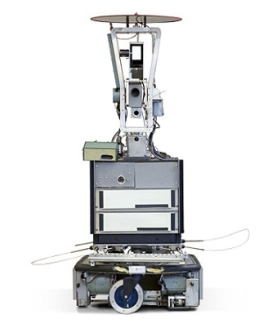
1973
Ichiro Kato created WABOT-1 which was the first full scale anthropomorphic robot in the world. It had a system for controlling limbs, vision and conversation and it was estimated that it had the mental ability of an 18 month old child.
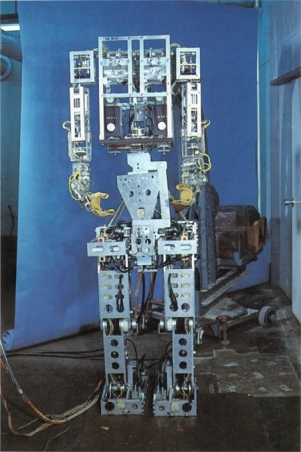
1985
The RB5X was a programmable robot created by the General Robotics Corp, equipped with infrared sensors, remote audio/visual transmission, bump sensors, a voice synthesiser and also software that could enable it to learn about its environment.

1986
The first LEGO based educational products are put on the market and HONDA launches a project to build a walking humanoid robot.
1989
Aquarobot was invented at the Robotics Laboratory at the Ministry of Transport in Japan, which was a robot for undersea use.
1990
iRobot Corporation was founded Rodney Brooks, Colin Angle and Helen Greiner and produced domestic and military robots.
1996
RoboTuna was created and used to study how fish swim, created by David Barrett.
1997
NASA’s PathFinder landed on Mars, with the wheeled robotic rover sending images and data about Mars back to Earth.
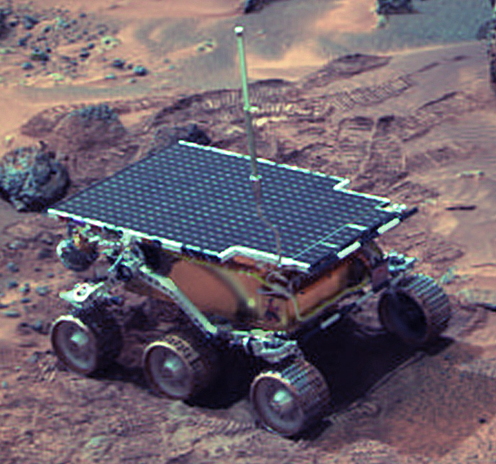
1999
Aibo robotic dog was released by Sony.
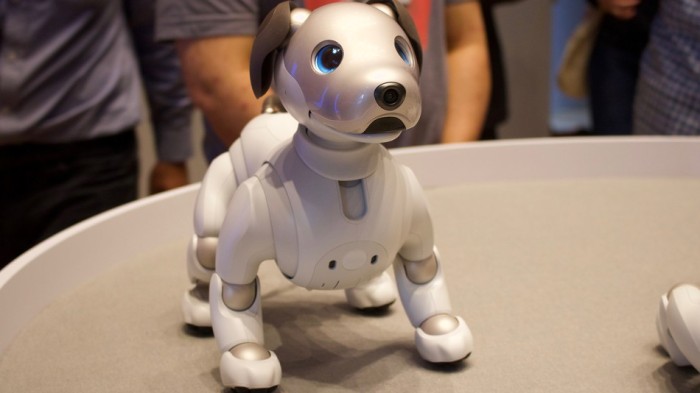
2002
Honda created the Advanced Step in Innovative Mobility which is intended to be a personal assistant that can recognise its owner’s face, voice and name. It can read email and is capable of streaming video from its camera to a PC. iRobot also released the first generation of Roomba robotic vacuum cleaners.
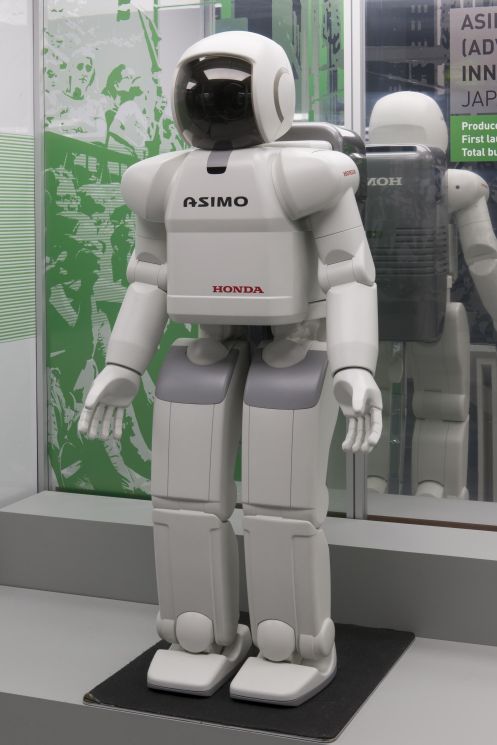
2004
Micro Flying Robot was developed – the world’s smallest and lightest robot helicopter, made by Epson.
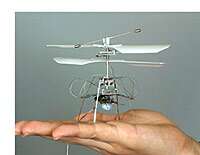
2005
Cornell University created self-replicating robots.
2010
A company called TrueCompanion premiered the ‘life-like’ sex robot, Roxxxy who is a full size interactive sex robot.
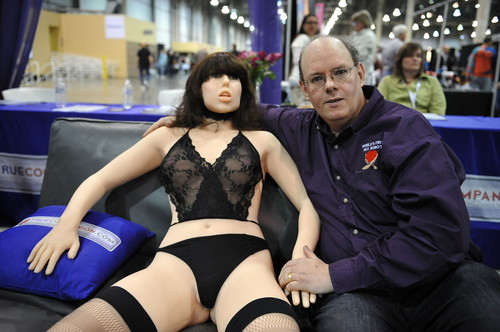
2011
A human-like robot called Robonaut 2 was built by NASA and General Motors and launched into space on space shuttle Discovery as part of a mission to become a permanent resident of the International Space Station.

2012
Pet-Proto robot is a humanoid robot that was developed that can jump off or hang on ledges, avoid holes in the ground and climb stairs.
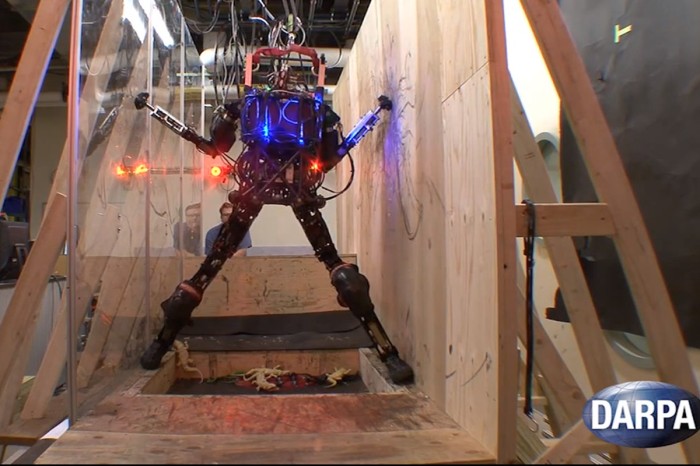
2015
Nadine, the most human-like ever robot was created by the Nanyang Technological University.
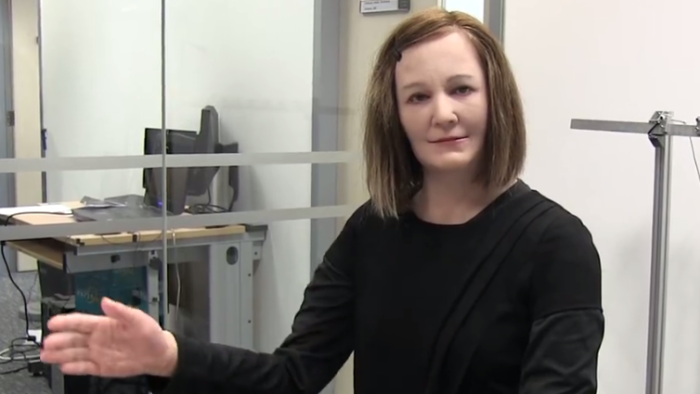
2016
‘Sophia’ – a social humanoid robot is developed by Hong Kong based company, Hanson Robotics. It can follow faces, sustain eye contact, recognise individuals, able to process speech and have conversations using a natural language subsystem.
2017
Mayfield Robotics unveiled the intelligent ‘Kuri” robot which is a home robot that can understand content and surroundings and respond to questions with facial expressions, head movements and unique sounds.
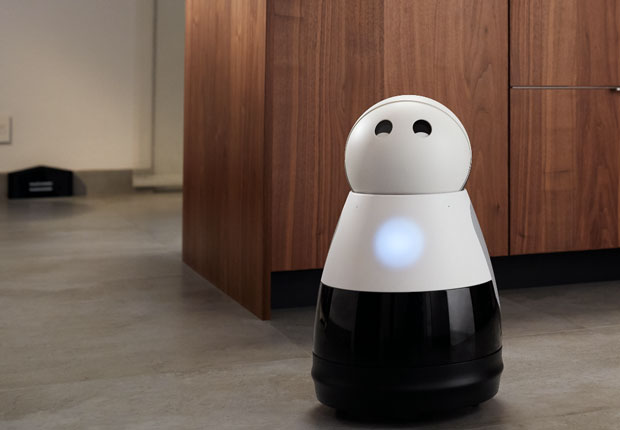
2019
Engineers at the University of Pennsylvania created millions of nanorobots in just a few weeks using technology borrowed from semiconductors. These microscopic robots (small enough to be hypodermically injected into the human body and controlled wirelessly, could one day deliver medications and perform surgeries.
—————————————————————————————————————————————–
The past 50 years has seen a dramatic revolution in robotics and rise of technological innovations. Episode one has allowed for me to focus on the past of the rise of robotics and the continuous development in technologies. Episode 2, I will focus on the present and my research will be focusing on primary research for evidence on the rise of robotics.
References
Brumson B, 2011, ‘Robotics Industry Insights – After 50 Years Robots Have New Horizons’, Robotic Industries Association, <https://robotics.org/content-detail.cfm/Industrial-Robotics-Industry-Insights/After-50-Years-Robots-Have-New-Horizons/content_id/2531
Garcia E, Jiminez M.A, De Santos P.G and Armada M, 2007, ‘The evolution of robotics research’, IEEE Robotics & Automation Magazine, vol. 14, no. 1, pp. 90-103.
‘History of Robotics’, 2008, RobotShop Distribution Inc, <https://www.robotshop.com/media/files/PDF/timeline.PDF

One thought on “ROBOTICS IMPACT ON SOCIETY: THE PAST 50 YEARS”